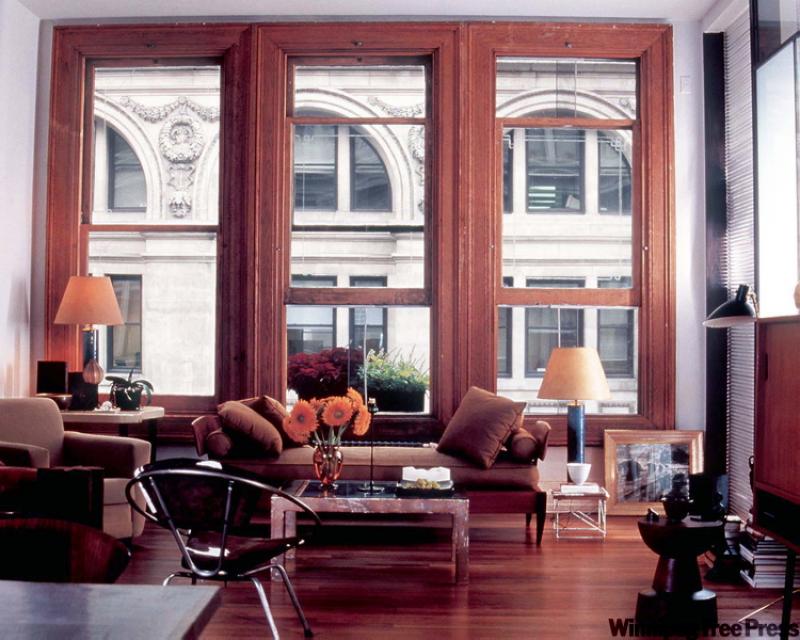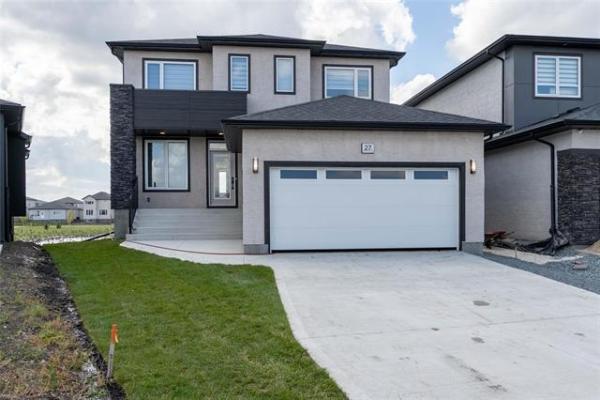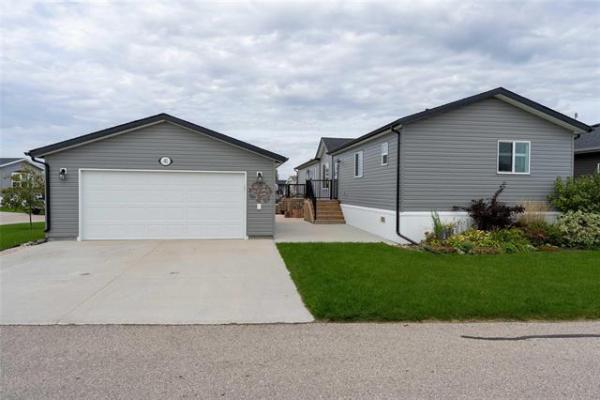QUESTION: Here's a question relevant for many Winnipeg homeowners. What is the best way to preserve old single or double-hung wood windows? Can they be made more energy efficient, and what kind of storm windows can be used to complement them? There are so many character homes in Winnipeg that just don't look the same when new vinyl windows are installed and new wooden replacements seem to be quite unreasonably priced.
Thank you, Sherri MacKenzie
ANSWER: I agree with you that replacing older, wooden vertical sliding windows with modern vinyl windows may substantially change the look of a home, but that doesn't have to be the case. I will offer some suggestions to make your older windows more airtight, but the small improvement in efficiency cannot be compared to that of full replacement.
The problem with most older, single or double-hung vertical sliding windows is that they are single pane with poor quality or missing weatherstrips. These two qualities combine to create very inefficient units when it comes to heat and air loss. Because the single pane of glass has very limited thermal resistance, a large percentage of heat loss in older homes can be attributed to windows. This is combined with additional energy wastage from warm air leakage through and around these units. This double whammy is the main reason that homeowners in older homes complain about them feeling cold and drafty.
Replacement of your older windows will be a costly upgrade, but will make a substantial improvement in comfort and energy savings. This is possible due to the improved thermal resistance from the sealed units of glass integral in new windows. These can be further enhanced by ordering windows containing inert gas between the panes or low-e coatings. All of these features, whether dual or triple pane, will prevent substantial amounts of heat from escaping the living space of your home.
While the sealed units are important, a more dramatic improvement in performance may be in the composition of the window sash and weatherstrips. Most vinyl windows have sashes and frames designed with multiple chambers that trap air and prevent conduction of heat or thermal bridging, common with wood frames.
Also, the integrated weatherstrips in new windows, especially casement and awning models, seal very tightly when closed. This prevents much of the air leakage common with your old wood models and is further improved when the cam locks, present on most models, are closed. These locks not only improve window security but also pull the window sash tight to the frame eliminating all but the smallest openings for air leakage.
If the cost of upgrading windows is prohibitive, and you do wish to preserve the original look of the home, several factors should be taken into consideration. The first is the overall condition of the wood frames and sashes. If there is any visible rot or moisture damage in any of the window components, replacement may be the only option. It is not practical or cost-effective to repair or replace damaged wooden components of windows except for stops, interior casings and brick mouldings. These items are normally installed over the frame with finish nails and may be replaced relatively easily if rotten.
If the older windows are in good condition, overall, some inexpensive additions may make them better at preventing heat and air loss. The main thing to keep in mind when installing the following items is that stopping air leakage should be your main consideration. Anything that prevents air from leaking through or around the windows will prevent drafts and improve comfort, while saving money on energy.
This can be accomplished primarily by improving two problem areas in your old windows. The first improvement may be made in sealing of the window sashes with new weatherstripping or removable plastic sheathing. These can be installed on the inside of the frame and weatherstrips added on the exterior where the storm windows fit in. These junctions are where much of the air leakage occurs. There are numerous types of weatherstripping kits available at home centres and the rule of thumb is that the more you pay, the better they will work and the longer they will last.
The next area to address is that around the window frame, itself. The simplest part of this next repair is to install a good bead of caulking around the exterior between the window and the siding. Also, using paintable caulking at joints between the exterior brick mould, stops and the actual window frame will help.
The more difficult, but more useful, portion of this effort will require removal of the window casing on the interior. This may be accomplished without damaging the older trim by carefully using a combination of a utility knife and thin pry-bar, to prevent damage to the walls or wooden components. If you are successful in removing the trim without damage, the finish nails may be pulled through the back side of the casing with box pliers to preserve the surface of the casing.
Once the casing is removed, you may be surprised to see the large amount of empty space between the rough framing and plaster and the window frame. There may be a small amount of older insulation stuffed in this gap, but this should be easily removable.
Once the opening is fully exposed, filling the cavity with low expansion, blown-in foam is the next step. This material is readily available in small aerosol cans and is easily installed using the long plastic straws included, to reach the back of this opening. Once this area is filled with foam, and any excess dry material is trimmed, the casing may be reinstalled.
While the simple improvements suggested for your older, wood windows will provide some relief from air leakage and heat loss, nothing will compare to replacement with modern units. It may take many years to recover the cost of upgrades in energy savings, but improvements in comfort will be immediately felt. Also, newer advancements in PVC frames allow more versatility in colour selection, which should minimize the impact of the aesthetic changes required when upgrading windows.
Ari Marantz is the owner of Trained Eye Home Inspection Ltd. and the president of the Canadian Association of Home & Property Inspectors -- Manitoba (www.cahpi.mb.ca). Questions can be emailed to the address below. Ari can be reached at (204) 291-5358 or check out his website at www.trainedeye.ca.
trainedeye@iname.com




